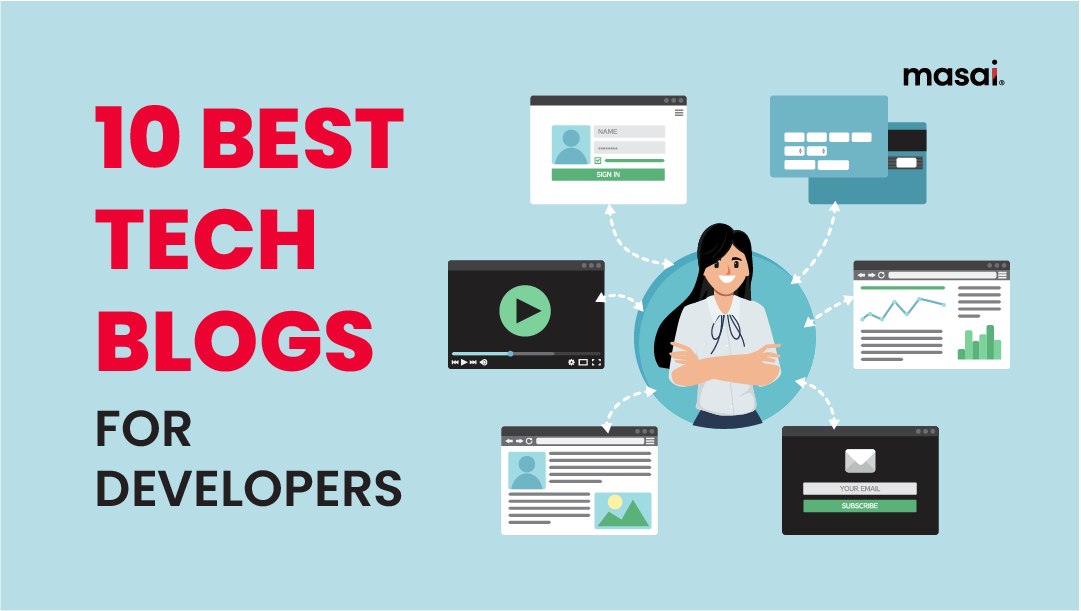Recognizing the Surge of Side Computer in Today's Digital Globe
In the quickly advancing landscape of technology, edge computing arises as an essential pressure, improving how data is refined and utilized. By transitioning information monitoring closer to the source, side computer addresses essential latency issues while enhancing bandwidth usage and enhancing security actions.
What Is Side Computing
Edge computing, although a fairly current development in the realm of technology, essentially changes exactly how information is refined and taken care of by bringing computation and information storage space closer to the place where it is needed. Unlike typical cloud computer models, which typically rely upon centralized information centers that can be geographically far-off, side computer decentralizes data handling. This distance lowers latency, improves real-time data processing, and enhances the general individual experience by guaranteeing much faster reaction times.
At its core, edge computer entails a network of local devices and facilities, such as gateways, routers, and sensors, with the ability of refining data at or near the source. This local handling capability is especially critical for applications needing instant information evaluation, such as independent automobiles, industrial automation, and wise cities. Furthermore, by unloading information processing jobs from central servers, edge computer minimizes bandwidth needs and boosts data personal privacy and security, as sensitive details can continue to be on-site instead of traversing substantial networks.

Secret Vehicle Drivers of Adoption
Numerous variables are pushing the fostering of side computing in today's electronic landscape. One of the key chauffeurs is the rapid increase in linked tools, often described as the Web of Points (IoT) This surge creates large quantities of data that require to be refined promptly and efficiently. Side computing addresses this demand by making it possible for information processing closer to the information resource, reducing latency and boosting real-time decision-making abilities.
Another significant driver is the need for boosted data transfer effectiveness. Central cloud systems can come to be overloaded with the large volume of information generated by IoT devices, bring about bottlenecks (Best tech blog). By refining data at the edge, organizations can alleviate network congestion and improve general system efficiency
Additionally, security and personal privacy worries are pushing organizations toward side computing. By processing delicate data in your area, business can minimize risks related to data transmission and direct exposure to prospective cyber dangers.
The rise of applications calling for real-time processing, such as self-governing cars and enhanced truth, likewise necessitates the fast reaction times that border calculating gives. Collectively, these vehicle drivers are making side computing an indispensable element of modern IT framework, paving the method for its prevalent adoption throughout different markets.
Advantages Over Cloud Computer
Exactly how does edge computing distinguish itself from traditional cloud computer? Primarily, side computing brings data handling closer to the source of data generation, typically on neighborhood devices or neighboring web servers, rather than depending on central data. This distance considerably lowers latency, enabling real-time information handling and decision-making. For markets where milliseconds issue, such as autonomous automobiles or industrial automation, the decreased latency provided by edge computer can be important.
Additionally, side computing enhances transmission capacity efficiency (Best tech blog). By refining information locally, just the essential information is sent to the cloud for additional evaluation or storage, minimizing the quantity of data that goes across the network. This not just minimizes network blockage but additionally reduces data transmission costs
Edge computer also uses improved information privacy and safety. Delicate data can be processed in your area without being sent to the cloud, decreasing the direct exposure to possible cyber hazards. This is specifically helpful for sectors managing secret information, such as medical care and economic services.
Moreover, edge computing guarantees higher durability and integrity. Neighborhood processing permits proceeded procedure also when connectivity to the cloud is compromised, preserving essential features and services regardless of prospective network interruptions. These advantages collectively demonstrate edge computing's transformative possibility in enhancing efficiency and safety and security in electronic ecological communities.
Challenges and Factors To Consider
While edge computing uses many benefits, it also presents unique Read Full Report difficulties and factors to consider that have to be dealt with to completely understand its possibility. One significant difficulty is information safety and personal privacy. Processing data closer to the resource enhances the danger of unapproved access, demanding robust file encryption and rigorous safety and security methods to safeguard sensitive details. In addition, managing and monitoring a decentralized network of edge gadgets can be complicated, calling for advanced tools and strategies to guarantee smooth procedure and upkeep.
One more consideration is the scalability of side computer options. As the variety of connected devices grows, so does the demand for processing power at the edge, which can lead to source restraints. Organizations must very carefully plan their infrastructure to suit this development without endangering efficiency or effectiveness.
Interoperability is another vital aspect. With useful link different software and hardware elements included, guaranteeing compatibility and seamless assimilation can be difficult. Standardization initiatives are vital to facilitate communication between diverse systems.
Future Trends in Side Computer
Anticipating the future, side computer is poised to change different markets by allowing quicker data handling and lowering latency. As the quantity of data created by IoT gadgets remains to expand, side computing will certainly become progressively important in managing this influx efficiently. One significant fad is the combination of expert system at the side, permitting real-time analytics and decision-making without counting on cloud-based resources. This change is anticipated to boost applications in self-governing vehicles, clever cities, and healthcare, where instant information processing is critical.
An additional emerging fad is the growth of you can try these out edge-native applications created especially to utilize the distinct abilities of side computer. These applications will certainly optimize performance and source use, bring about increased efficiency across numerous sectors. Advancements in 5G technology will certainly even more boost edge computing by giving the necessary facilities for high-speed, low-latency communication between gadgets and edge nodes.
Final Thought
Side computer's increase is driven by the expansion of IoT tools and the demand for real-time information handling, which enhances effectiveness by reducing latency and decentralizing data management. This approach minimizes transmission capacity inadequacies and safety and security problems, facilitating developments in applications like smart cities and independent automobiles. Despite challenges such as framework intricacy and integration, the future of side computing assures an extra receptive digital community, with continued advancements shaping its advancement and increasing its applicability throughout industries.
Side computing, although a fairly recent innovation in the realm of technology, basically changes how information is processed and managed by bringing computation and data storage space closer to the location where it is required. Unlike standard cloud computing models, which commonly rely on central data facilities that can be geographically distant, side computing decentralizes data handling. Additionally, by unloading data handling jobs from central servers, side computer minimizes bandwidth demands and boosts data personal privacy and safety and security, as delicate information can continue to be on-site instead than passing through extensive networks.

Comments on “Improve Your Expertise with the Best tech blog Featuring Industry Experts”